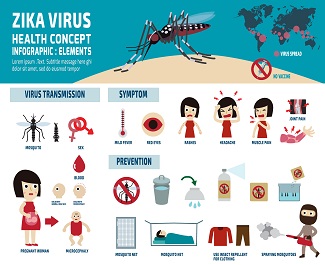What is nipple confusion?
Nipple confusion refers to a situation where an infant refuse to latch on mother's nipple or cannot latch on mother's nipple properly after the infant has been given the milk bottle or pacifier before latching on mother's nipple. An infant may be able to latch on mother's nipple correctly after birth and may still encounter nipple confusion if he or she has been given milk bottle or pacifier very often. Nipple confusion sometimes can lead to breastfeeding failure.
Why nipple confusion occurs?
Nipple confusion occurs because infant can get milk from the milk bottle much more easily. Due to the pull of the Earth's gravity and relatively larger opening of the milk bottle, it will not take much effort for your baby to get milk from the milk bottle.
To suck the milk from mother's breast successfully, baby will first latch onto the breast and draw nipple and areolar tissue far back towards his mouth. Baby's tongue will press mother's breast towards his jaw. The latter part of the baby's tongue will come down, forming a trough beneath the nipple and areolar that allow milk to come into the mouth.
While baby has to draw nipple and areolar tissue far back into mouth when he latches on to the nipple, the nipple of milk bottle does not need to go far back into his mouth when baby is using milk bottle. Furthermore, tongue's role in this case is to stop the flow of the nipple of milk bottle to prevent choking. Lastly, his jaw may not need to move when he is using milk bottle.
Because of these, many babies will prefer the nipple of the milk bottle if he or she has been given the milk bottle after birth before latching on mother's nipple.
Typical sign of nipple confusion
Typical sign of nipple confusion: baby’s open mouth is near the breast but he moves his head back and forth as though he is unable to find the nipple. The baby is obviously looking for something longer and firmer than the mother’s nipple.
How to prevent nipple confusion?
Every baby is different. Some babies develop nipple confusion after one bottle. Others may develop it after several bottles.
To prevent nipple confusion, first avoid all artificial nipples including milk bottle and pacifier for the first 3 to 6 weeks. This could at least give baby some time to practice proper breastfeeding sucking patterns and perfect their breastfeeding skills.
Furthermore, choose a slow flow nipple if you have to introduce a bottle. Babies can become hooked on the fast flow of bottles and may become frustrated when the milk flow from the breast is not as rapid.
What to do when it occurs?
When nipple confusion occurs, you can try the following if breastfeeding becomes a problem.
- Use a breast pump or manual expression to stimulate breast milk secretion and ejection reflex and get the milk flowing before your baby latches on. Your baby will feel more comfortable with a hearty flow of milk after the first few sucks.
- Using a feeding syringe to drip milk into baby’s mouth as she latches on to the breast. This can encourage your baby to stay latched-on and to continue sucking.
- Breastfeed when your baby is calm, usually in the morning or upon awakening from a nap. Don’t wait until baby is very hungry.
- Review the latch-on basics. Be sure that your baby is positioned properly in your arms. Wait until her mouth is wide open and her tongue is down before latching her on to the breast.



